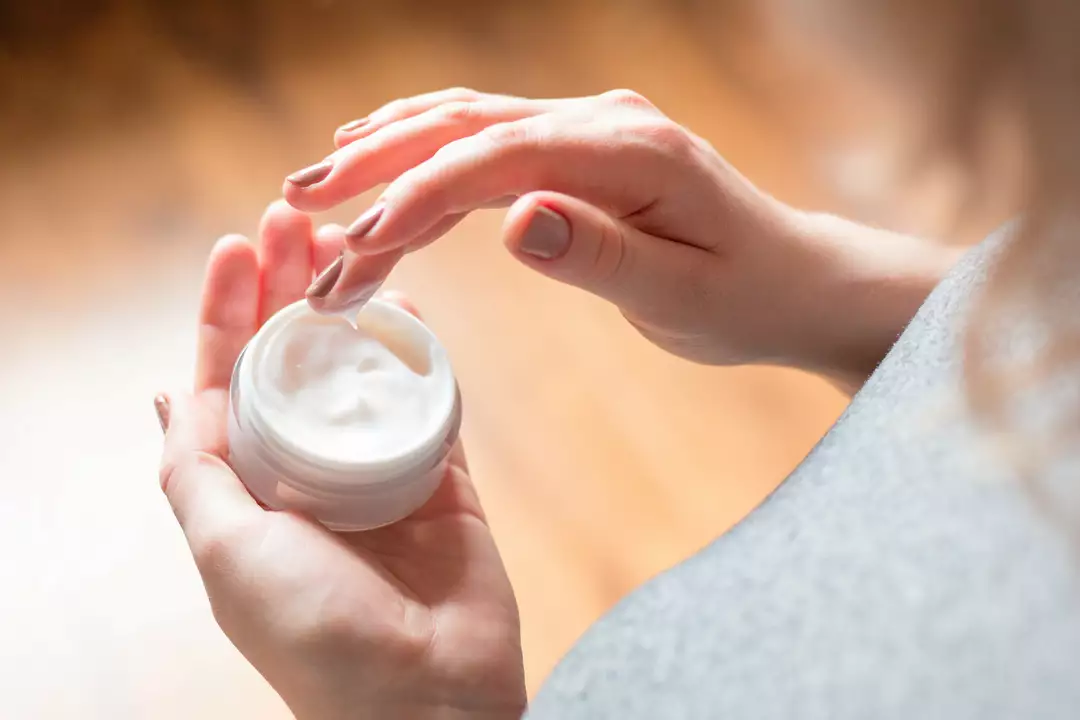Skin Moisturizing: Practical Tips for Healthy, Hydrated Skin
Dry, tight, flaky skin is annoying. The good news: simple changes to how and what you apply make a big difference fast. This page gives clear, usable steps for morning and night, the ingredients that actually work, and quick fixes for seasonal problems.
How to moisturize the right way
Timing matters. Apply your moisturizer within three minutes of washing or showering while skin is still damp. That traps water instead of letting it evaporate. Use a pea to nickel-sized amount for the face depending on texture: lighter gels need less, thick creams need a little more.
Layer in order: cleanser, targeted serums (like vitamin C or hyaluronic acid), then moisturizer, then sunscreen in the morning. At night skip the SPF and consider a richer cream if you need repair. For hands and feet, use thicker ointments and cover with cotton socks or gloves overnight for better absorption.
Frequency: twice a day is a solid baseline. Add extra after washing hands, swimming, or exposure to wind and cold. If you live in dry climates or heat, consider using a humidifier indoors to maintain skin hydration.
Pick the right ingredients for your skin
Look for these labels and ingredients, not trendy names. Humectants pull water into skin: glycerin and hyaluronic acid are reliable. Emollients smooth and fill gaps between skin cells: squalane, fatty acids, and fatty alcohols like cetyl alcohol. Barrier repairers lock moisture in: ceramides and petrolatum or dimethicone.
Match product texture to skin type. Oily or acne-prone skin does better with oil-free gels or lightweight lotions and non-comedogenic claims. Dry or aging skin benefits from cream or ointment textures with ceramides and petrolatum. Sensitive skin needs fragrance-free, minimal-ingredient options and a patch test on the inner forearm first.
Avoid high alcohol content and strong fragrances if you get irritation. If you have rosacea or eczema, speak to a clinician about medicated options—simple moisturizers can help, but sometimes you need targeted care.
Quick fixes: for chapped lips use a petrolatum-based balm. For cracked hands, slather on a thick cream, put on gloves, sleep with them overnight. For rough elbows and knees, use a cream with urea or lactic acid a few times a week to soften buildup.
Want to test a DIY oil? Try a small patch first. Pure oils like jojoba or rosehip can help, but they don’t replace humectants and barrier ingredients when skin is very dry.
Small habits add up: skip long hot showers, pat skin dry instead of rubbing, keep sunscreen every day, and pick a moisturizer that fits your routine. Do that and your skin will stop being a daily chore and start feeling comfortable again.

